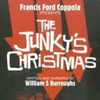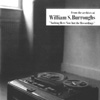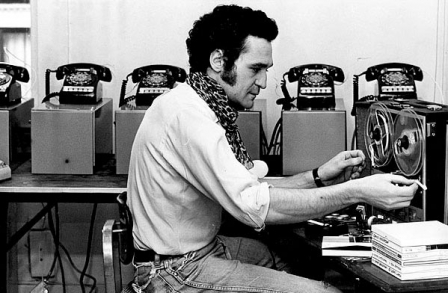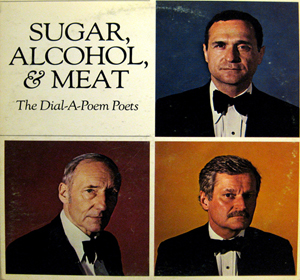The Dial-A-Poem Poets
|
Dial-A-Poem was a New York City poetry project started in 1968, by poet John Giorno. It used the telephone system, to spread poetry recorded by poets and artists. For a period of about 4 years, anyone could dial 212-628-0400 on a rotary telephone and hear a poem. Dial-a-Poem offered poetry for the everyday caller. The program of poems changed regularly; anyone could make a phone call each day and encounter a different work by a new artist.
After a telephone conversation with famous Beat writer William S. Burroughs in 1968, John Giorno thought of the Dial-A-Poem Poets concept. Fifteen phone lines were connected with individual answering machines so people could call and listen to poems from various live recordings. After the experiment ended, Dial-a-Poem continued through album releases of poetry into the 90s. |
John Giorno founded
the not-for-profit production company Giorno Poetry Systems (GPS) and organized a number of early
multimedia poetry experiments and events. A friend of Andy
Warhol, he was the subject of Warhol’s 1963 experimental ‘anti-film’ Sleep.
Which was a ‘long-take’ piece lasting 5 hours and 21 minutes, of Giorno sleeping. He was also a
close friend of William S. Burroughs, who he often collaborated with. Giorno has been an
influence on many underground artists, poets and musicians.
Founded in 1965, GPS was an artists collective and record label that used innovation and technology to spread poetry to a wide audience. There were many famous avant-garde artists, writers and musicians were involved in the projects. The GPS label released albums regularly until the late 80s. In the 90s, GPS released a box set collecting its recordings of William S. Burroughs. The first GPS album release ‘The Dial-A-Poem Poets’ was produced in 1972. The final release was ‘Cash Cow’ a compilation of the best recordings from 1965-1993. Some of the early collaborators who produced work for the project were writers such as Allen Ginsberg, Ken Kesey, Charles Bukowski, Sylvia Plath and Kathy Acker. Also avant-grade artists and musicians like Yoko Ono, Patti Smith, Phillip Class, John Cage and Frank Zappa. In later years musicians such as Tom Waits, Nick Cave, Psychic TV, Coil, Sonic Youth, Cabaret Voltaire and New Order produced work for GPS.
Founded in 1965, GPS was an artists collective and record label that used innovation and technology to spread poetry to a wide audience. There were many famous avant-garde artists, writers and musicians were involved in the projects. The GPS label released albums regularly until the late 80s. In the 90s, GPS released a box set collecting its recordings of William S. Burroughs. The first GPS album release ‘The Dial-A-Poem Poets’ was produced in 1972. The final release was ‘Cash Cow’ a compilation of the best recordings from 1965-1993. Some of the early collaborators who produced work for the project were writers such as Allen Ginsberg, Ken Kesey, Charles Bukowski, Sylvia Plath and Kathy Acker. Also avant-grade artists and musicians like Yoko Ono, Patti Smith, Phillip Class, John Cage and Frank Zappa. In later years musicians such as Tom Waits, Nick Cave, Psychic TV, Coil, Sonic Youth, Cabaret Voltaire and New Order produced work for GPS.
|
There were 18 albums produced over the life of GPS, and 6 compilations. The early albums were mostly spoken word and poetry, later albums featured musical collaborations. The albums were innovative works, employing multi-grooves and surreal cover artwork ‘You're the Guy I
Want to Share My Money With’ (1981) features the last side cut as a
triple-groove, so that where the stylus lands on the lead in-groove determines
which artists' track plays.
The Dial-a-Poem poetic works were a wide variety of styles. They ranged from traditional poems to pieces such as that by Taylor Mead mimicking the sounds of a motorcycle: “Brrrrruuuumm, brruuuuuum, craaaaaash, craaaash!" Many of the poetic works covered themes such as the Vietnam War, the sexual revolution, and other social and political themes of the times. As well as deeply personal and abstract poetic artworks. |
Recordings of the Dial-A-Poem Poets and GPS can be heard here.

William S. Burroughs: The Junky's Christmas - A dark take of heroin addiction and redemption, in a short story my Burroughs. Later made into a short film produced by Francis Ford Coppola.
|

Nothing Here But the Recordings - Produced by members of Throbbing Gristle, from the vast collection of Burroughs' infamous tape experiments. A rare find!
|


